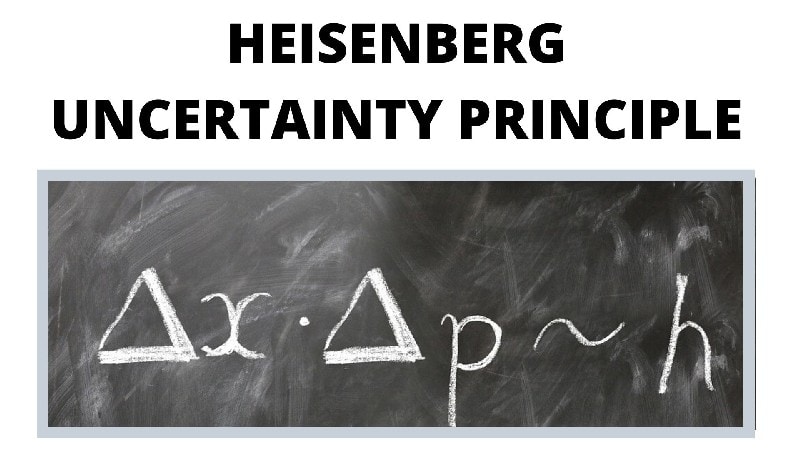The Heisenberg uncertainty principle is a fundamental principle in quantum mechanics that states that there is a limit to the precision with which certain pairs of physical properties of a particle, such as its position and momentum, or energy and time, can be simultaneously measured.
In other words, the more precisely we know the position of a particle, the less precisely we can know its momentum, and vice versa. This means that there is a fundamental limit to how accurately we can know both of these properties at the same time.
The uncertainty principle arises because in the quantum world, particles do not have a definite position or momentum until they are observed or measured. Instead, their properties are described by a probability distribution, which represents the likelihood of finding the particle in a particular position or with a particular momentum.
This fundamental uncertainty is not just a limitation of our measuring instruments, but a fundamental property of the universe itself. It has profound implications for the behavior of quantum particles and is essential to our understanding of the structure of matter and the behavior of particles at the subatomic level.
In simple words The Heisenberg uncertainty principle is like trying to catch a ball in the dark. If you can see the ball really clearly, you won't be able to tell how fast it's moving. And if you can tell how fast it's moving, you won't be able to see exactly where it is. This is because in the world of really small things, like atoms and particles, we can't know both their position and speed at the same time. It's like the universe is playing a game of hide and seek with us, and we can only find out so much before we lose track of what we're looking for!
Imagine you are trying to locate a tiny, invisible bug that is crawling around in a dark room. To find the bug, you shine a flashlight on it. When the flashlight is on, you can see where the bug is, but because it's moving around, you can't tell exactly how fast it's going. And if you try to catch it with your hands, you might scare it and cause it to move erratically. On the other hand, if you turn off the flashlight and try to catch the bug in the dark, you might be able to tell how fast it's moving by the sounds it makes or the shadows it casts. But you won't be able to see exactly where it is. Similarly, in the world of really small things, like atoms and particles, we can't observe their exact position and momentum at the same time without disturbing them. Just like trying to catch the bug with your hands might scare it and cause it to move erratically, the act of measuring the position or momentum of a tiny particle disturbs its state in a way that makes it impossible to determine both properties simultaneously with perfect accuracy.
I am attaching the best explanation video for you to watch and clear the concept:

